 On March 13, 1862, Nathaniel Hawthorne, the great novelist, met Abraham Lincoln in the White House. He was not impressed.
On March 13, 1862, Nathaniel Hawthorne, the great novelist, met Abraham Lincoln in the White House. He was not impressed.
By this time, Hawthorne was already well-known for some of his most famous novels, including The Scarlet Letter and The House of the Seven Gables, not to mention his laudatory 1852 campaign biography of fellow New Englander Franklin Pierce that helped Pierce get elected to the presidency. Hawthorne was certainly not a war hawk. He gave equivocal, at best, support for the Union in the Civil War, although he wrote a friend at the outset that he thought it absurd for the North to spend its energy, treasure, and lives “in holding on to a people who insist on being let loose.” Traveling to Washington in early 1862, Hawthorne toured the capitol before being invited to join a delegation from a Massachusetts whip factory. After an uncomfortably long wait while Lincoln finished eating his breakfast, the delegation’s spokesman, Massachusetts Representative Charles R. Train, presented the president with an “elegant horsewhip,” which was adorned with an ivory handle and a cameo medallion of the president. Lincoln thanked them with this short reply:
I thank you, Mr. TRAIN, for your kindness in presenting me with this truly elegant and highly creditable specimen of the handiwork of the mechanics of your State of Massachusetts, and I beg of you to express my hearty thanks to the donors. It displays a perfection of workmanship which I really wish I had time to acknowledge in more fitting words, and I might then follow your idea that it is suggestive, for it is evidently expected that a good deal of whipping is to be done. But, as we meet here socially, let us not think only of whipping rebels, or of those who seem to think only of whipping negroes, but of those pleasant days which it is to be hoped are in store for us, when, seated behind a good pair of horses, we can crack our whips and drive through a peaceful, happy and prosperous land. With this idea, gentlemen, I must leave you for my business duties.
The group was ushered out after a mere ten minutes.
While Hawthorne was present only as a hanger-on, he soon wrote his wife to tell her: “I have shaken hands with Uncle Abe.”
But Hawthorne had another reason for being there. He was preparing an essay for The Atlantic Monthly, which was published in July 1862. The article itself, as suggested by the title, “Chiefly About War Matters” under the byline, “by a Peaceable Man” (later to be revealed to be Hawthorne), was more about the war than it was Lincoln. But it was with Lincoln that a problem arose. Hawthorne’s description of Lincoln was quite a bit less laudatory than his biography of Pierce. While parts were backhanded praise, in other parts it was downright insulting. Here’s a snippet:
The whole physiognomy is as coarse a one as you would meet anywhere in the length and breadth of the States; but, withal, it is redeemed, illuminated, softened, and brightened by a kindly though serious look out of his eyes, and an expression of homely sagacity, that seems weighted with rich results of village experience. A great deal of native sense; no bookish cultivation, no refinement; honest at heart, and thoroughly so, and yet, in some sort, sly,—at least endowed with a sort of tact and wisdom that are akin to craft, and would impel him, I think, to take an antagonist in flank, rather than to make a bull-run at him right in front. But, on the whole, I like this sallow, queer, sagacious visage, with the homely human sympathies that warmed it; and, for my small share in the matter, would as lief have Uncle Abe for a ruler as any man whom it would have been practicable to put in his place.
The Atlantic‘s editor, James Fields, thought that was a bit too harsh during times of war and insisted that the offending sections be removed before publication, to which Hawthorne begrudgingly acquiesced. Later he would say that the removed section was “the only part of the article really worth publishing.” Writing again publicly under the “Peaceable Man” byline, Hawthorne managed to get the Atlantic several months later to publish the following retort:
You can hardly have expected to hear from me again, (unless by invitation to the field of honor,) after those cruel and terrible notes upon my harmless article in the July Number… Not that I should care a fig for any amount of vituperation, if you had only let my article come before the public as I wrote it, instead of suppressing precisely the passages with which I had taken most pains, and which I flattered myself were most cleverly done.
The objectional section was reinstated years later when the piece was republished as part of the collected works of Nathaniel Hawthorne, edited by George Parsons Lathrop, who just happened to later marry Hawthorne’s daughter, Rose.
No word on what happened to the whip.

Lincoln: The Fire of Genius: How Abraham Lincoln’s Commitment to Science and Technology Helped Modernize America is available at booksellers nationwide.
Limited signed copies are available via this website. The book also listed on Goodreads, the database where I keep track of my reading. Click on the “Want to Read” button to put it on your reading list. Please leave a review on Goodreads and Amazon if you like the book.
You also follow my author page on Facebook.
David J. Kent is President of the Lincoln Group of DC and the author of Lincoln: The Fire of Genius: How Abraham Lincoln’s Commitment to Science and Technology Helped Modernize America and Lincoln: The Man Who Saved America.
His previous books include Tesla: The Wizard of Electricity and Edison: The Inventor of the Modern World and two specialty e-books: Nikola Tesla: Renewable Energy Ahead of Its Time and Abraham Lincoln and Nikola Tesla: Connected by Fate.



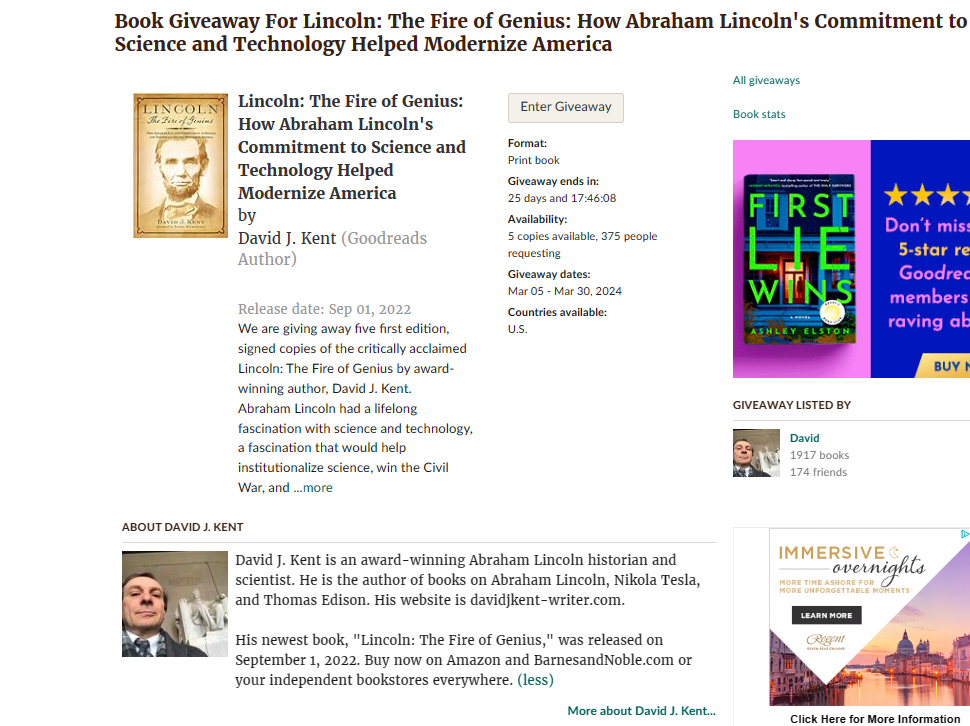
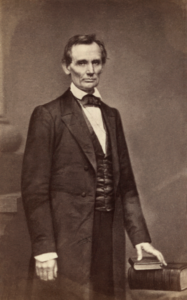 With Leap Year Day, February graced the nation with an extra twenty-four hours on February 29, 1860. Abraham Lincoln was already feeling weary by the time he clambered onto the 10:40 am train from Providence, Rhode Island, to Exeter, New Hampshire. It was nearly two in the morning the day before by the time he finished his grand lecture at Cooper Union in New York City, joined the organizers for dinner, and spent several hours after midnight proofreading the text of the speech to be printed that day in the New York Tribune. A brief forty winks of sleep, then up again and on a train to Providence to give yet another long lecture that night. Having that speech gone well, and another late dinner, now he was on another train to finally see his son, Robert, in Exeter, the original rationale for this excursion into New England after New York.
With Leap Year Day, February graced the nation with an extra twenty-four hours on February 29, 1860. Abraham Lincoln was already feeling weary by the time he clambered onto the 10:40 am train from Providence, Rhode Island, to Exeter, New Hampshire. It was nearly two in the morning the day before by the time he finished his grand lecture at Cooper Union in New York City, joined the organizers for dinner, and spent several hours after midnight proofreading the text of the speech to be printed that day in the New York Tribune. A brief forty winks of sleep, then up again and on a train to Providence to give yet another long lecture that night. Having that speech gone well, and another late dinner, now he was on another train to finally see his son, Robert, in Exeter, the original rationale for this excursion into New England after New York.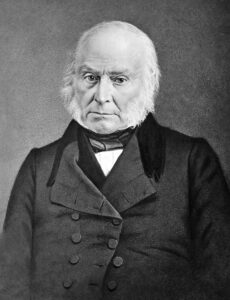 On February 21, 1848, Abraham Lincoln was attending proceedings in the House of Representatives, when suddenly, the Speaker of the House, Robert Charles Winthrop, was interrupted “by several gentlemen, who sprang from their seats to the assistance of the venerable John Quincy Adams, who was observed to be sinking from his seat in what appeared to be the agonies of death.” Adams was carried to the rotunda, and from there to the speaker’s room, where he remained until his last breath two days later. Lincoln would serve on the official House funeral arrangements committee for Adams, the former president and his House colleague during Lincoln’s sole term in Congress.
On February 21, 1848, Abraham Lincoln was attending proceedings in the House of Representatives, when suddenly, the Speaker of the House, Robert Charles Winthrop, was interrupted “by several gentlemen, who sprang from their seats to the assistance of the venerable John Quincy Adams, who was observed to be sinking from his seat in what appeared to be the agonies of death.” Adams was carried to the rotunda, and from there to the speaker’s room, where he remained until his last breath two days later. Lincoln would serve on the official House funeral arrangements committee for Adams, the former president and his House colleague during Lincoln’s sole term in Congress.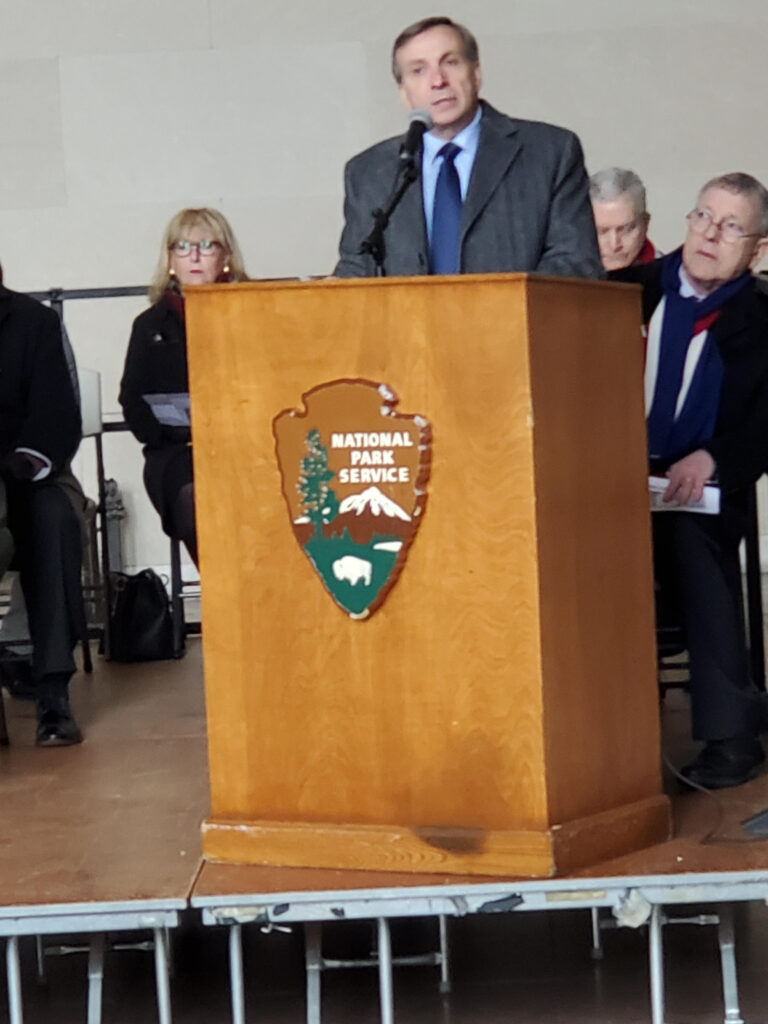
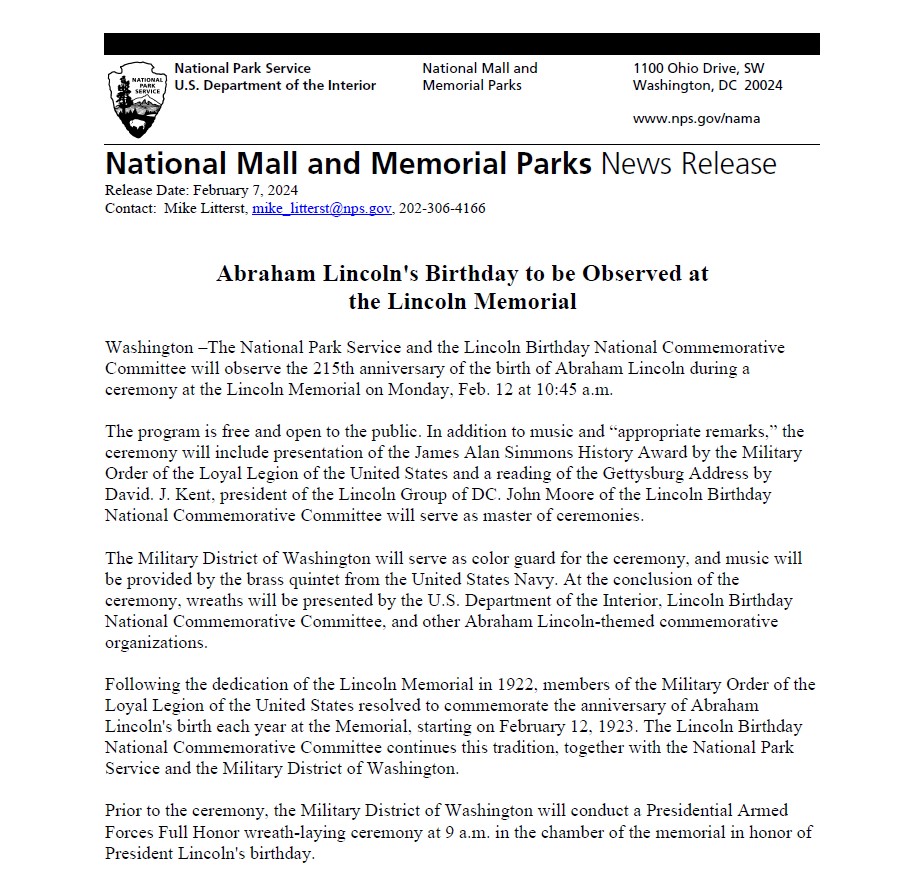
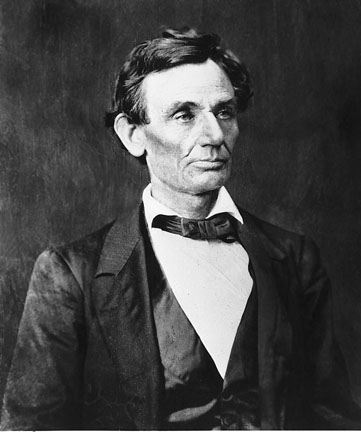 On February 1, 1848, Congressman Abraham Lincoln wrote his law partner, William Herndon, in response to a critical letter Herndon had written him. Herndon had complained that Lincoln’s “
On February 1, 1848, Congressman Abraham Lincoln wrote his law partner, William Herndon, in response to a critical letter Herndon had written him. Herndon had complained that Lincoln’s “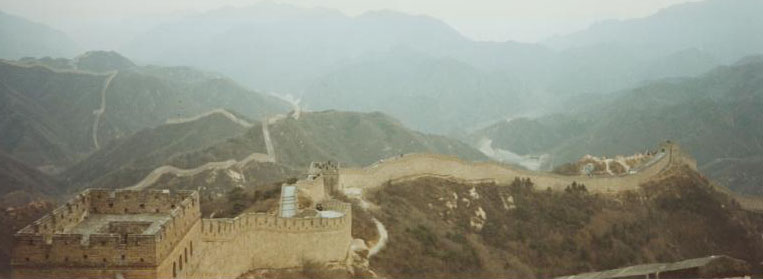 On January 23, 1864, Lincoln sent to the U.S. Senate papers relative to the modification of our treaty with China. China had been an important, but sometimes difficult, relationship during the Civil War. While he didn’t spend that much time on it, Lincoln did have several interactions and official duties. In this 1864 letter, he writes:
On January 23, 1864, Lincoln sent to the U.S. Senate papers relative to the modification of our treaty with China. China had been an important, but sometimes difficult, relationship during the Civil War. While he didn’t spend that much time on it, Lincoln did have several interactions and official duties. In this 1864 letter, he writes: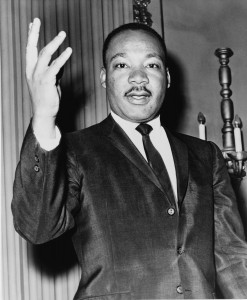 As we celebrate the birth of Dr. Martin Luther King, MLK, it’s impossible not to reminisce on the connection with Abraham Lincoln, ABE. The two men are linked forever because of Lincoln’s emancipation proclamation and King’s reference to it in his “I have a dream” speech.
As we celebrate the birth of Dr. Martin Luther King, MLK, it’s impossible not to reminisce on the connection with Abraham Lincoln, ABE. The two men are linked forever because of Lincoln’s emancipation proclamation and King’s reference to it in his “I have a dream” speech.






